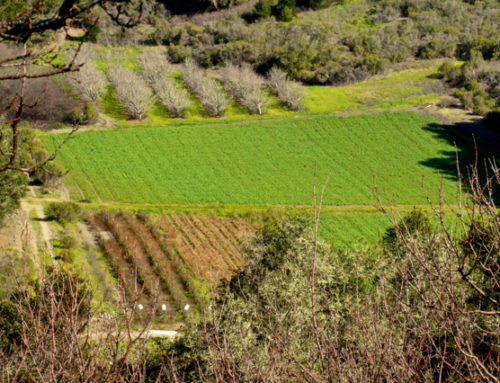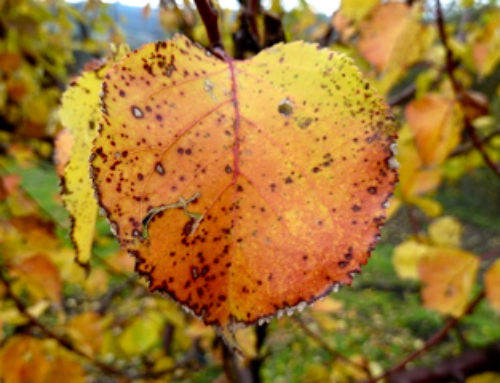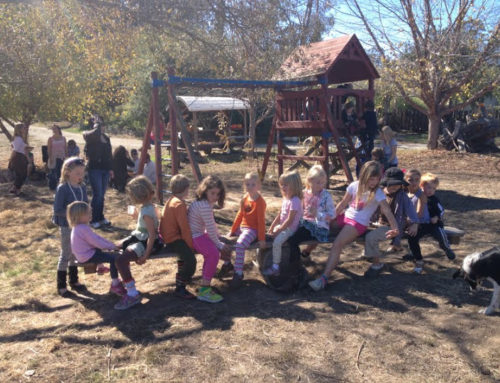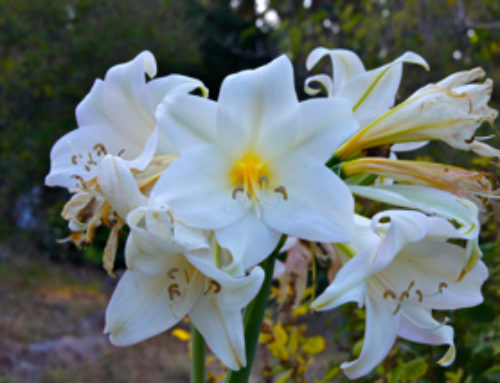The rain was wonderful – slow, gentle, and steady. With 2.5” inches of heavenly moisture sprinkling the farm over the last 4 days the soil surface feels saturated. Let’s hope we get some more since the deeper layers of the soil profile, where trees anchor their roots, are still dry. Our thirsty soils absorbed the rain like a sponge, causing little to no runoff. The little water that did end up accumulating in some of the dried up farm ponds was just enough for the frogs to start their symphony of calls. I have missed their music this winter and I am glad they are back – ‘ribbit, ribbit’…
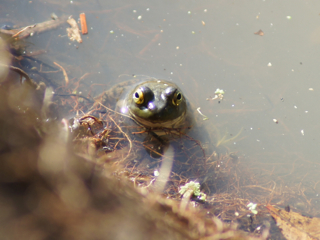
Many of you know how important it is for me to farm in balance with the native landscape and wilder environments surrounding us. One side of me loves the sight of weed free “linearity” in the fields. It gives a pleasant sense of controlled organization, and straight rows are testimony to a job well done. The other side of me, of course, recognizes that in nature the general pattern is overflowing with curves, corners, knots, and unpredictable twists and turns.
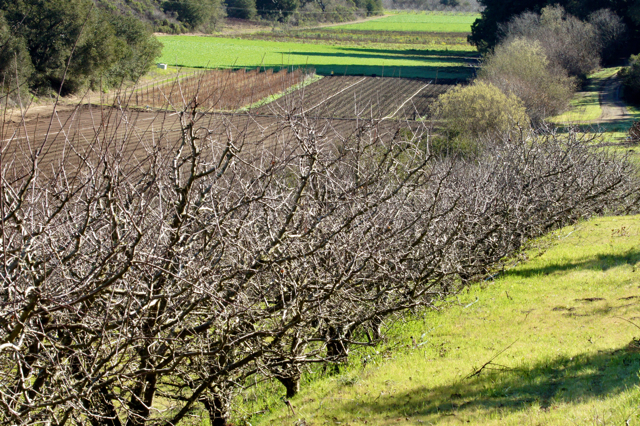
A Fuji apple orchard is in the foreground while beyond, the farm’s lower fields are bordered by willow and scrub oak that create wildlife corridors.
Live Earth Farm is a place where we balance both the cultivated and native landscapes – both patterns live side-by-side. Our ponds, woodlands, grasslands and hedgerows are the home of many birds, insects, frogs, and larger animals such as coyotes, deer, rabbits, snakes, as well as many native plants, perennial shrubs, grasses and flowering plants. Although creating wilderness habitat doesn’t necessarily fit into a financial equation, I know we feel nourished and strengthened when it surrounds us and removed, starved, and cut off when it’s lacking. Studies now show that these wilder areas play an important role in reducing pest and disease problems among the crops we grow, and researchers are measuring these benefits to justify them economically.
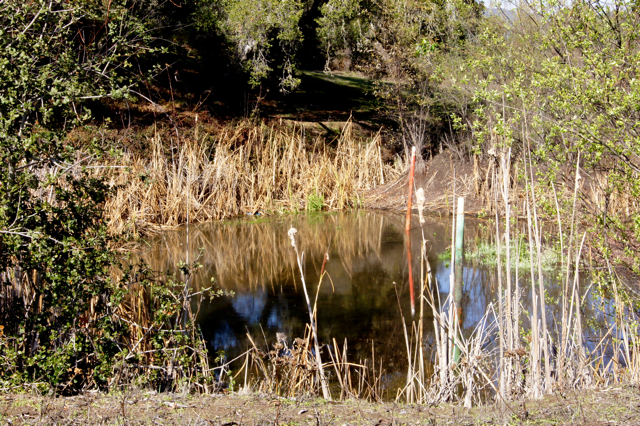
This is a pond next to the farm’s upper fields. In January it was empty. Now, from a combination of pumped groundwater and the recent rains, it has just a bit of water in it.
Last week I spent an entire day developing a new Food Safety Plan for the Farm – a requirement under the recently passed Food Safety and Modernization Act (FSMA). The challenge was to figure out how to integrate the many diverse and ecosystem friendly practices we have and still meet the broad generic government requirements developed to fit mostly larger scale, single-crop farming operations. It’s more paperwork – heaps of it – and it’s easy to get cynical and frustrated. My hope is that by participating in the process we get an opportunity to voice our concerns and demonstrate how, at our scale, the burden of the regulations can be detrimental, making it more difficult to build a strong and healthy farm ecosystem that supports sustainable growing practices for all members in our community.
Two organizations who have stepped up to make sure the voices of conservation and the realities of smaller scale organic family farms are heard are Community Alliance of Family Farmers (CAFF) and the Wild Farm Alliance (WFA); both have proactively developed guidelines and are providing training and free consulting to farms like ours to meet the sometimes onerous requirements of the new law.
To farm organically should not be dictated by meeting more government rules such as the ones proposed under the latest food safety laws. It seems to me that farmers should be encouraged to integrate more of nature’s ecological patterns, welcoming the “wilder” biodiversity we find in our surrounding native landscapes rather than being overburdened by more red-tape and inspections. For now we’ll have to keep balancing to meet man-made laws while never loosing sight of learning from the wisdom offered by “Nature’s Law” all around us.

One of the farm’s Wild Farm Alliance hedgerow projects is on the left side of the road across from an apricot orchard.

